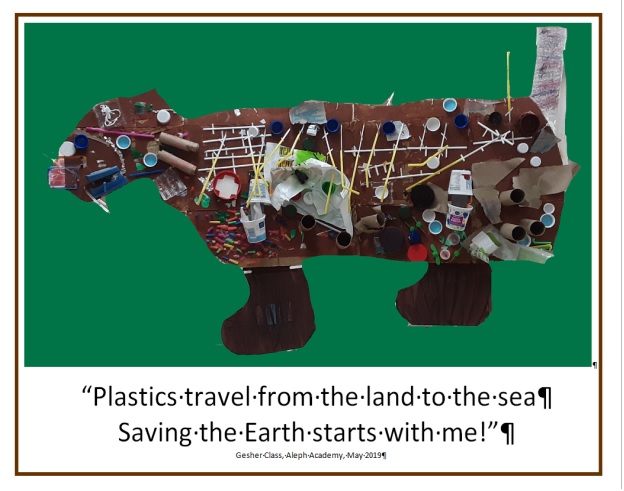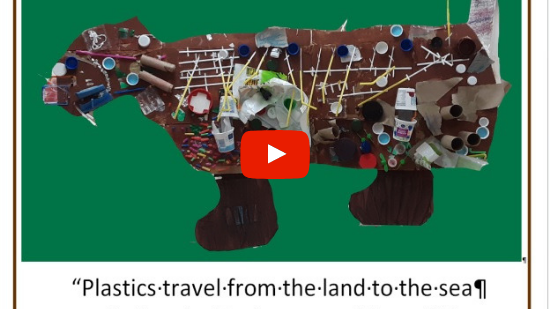What’s Your Story?
By Korei Martin
Posted on 2019-07-16
Guest blog post by Anne Lowery
As the traditional school year winds down, it is time to bring explorations to an end or at least to a good stopping place. One of the best ways to signal an end or a transition is through science storytelling.
This approach has many of the science and engineering practices embedded into it, including but not limited to:
Analyzing and Interpreting Data
Constructing Explanations and Designing Solutions
Engaging in Argument from Evidence
Obtaining, Evaluating, and Communicating Information
Science storytelling is also an opportunity to turn study into action and have your students work to improve their own community as they tell a story. The possibilities are endless. Your students could write a story from the perspective of the researcher (themselves), or tell the story from the perspective of the subject of the exploration. They could also use their exploration as a tool to change actions in the community. They can write a song, create a letter campaign, design a video, or talk to community leaders.
By revisiting their work in a slightly different format, they solidify their own learning and begin to see how different learnings are interconnected. By writing it in a fictional format, with characters, students can reach people’s emotions– a surefire way to improve the odds of people remembering.
As an example, my students have been studying mountain lions and habitats this year. They noticed that land pollution is a problem with mountain lions, among other land animals. My students decided to focus on using their mountain lion knowledge to create a mountain lion out of trash. Then they wrote a simple chant to go with the mountain lion because, said one of my students, “everyone remembers things better if it’s a song.”
Another student pointed out we needed to write a story to go with our trashy mountain lion. As that student points out, when people imagine themselves in stories, they remember those stories.
Science storytelling has the potential to make your students’ research available to the public as well as having your students use their work to examine a real-world problem they have identified. Through such storytelling and action, your students leave your class not only with knowledge gained during the year but also with the mindset that they are scientists too.
What story are your students going to tell today?

This is a poster created from a 3D art installation created by PreK students. The shape of the mountain lion emphasizes the pollution threat to land animals. The plastics inserted through and covering the cardboard not only represent specific body parts of the animal but also are created from plastics commonly found on land.


Anne Lowry is a preK teacher at a Reggio inspired school in Reno, NV. Her students love to tell stories while discovering and enacting the science and engineering principles!
Disclaimer: The views expressed in this blog post are those of the author(s) and do not necessarily reflect the official position of the National Science Teaching Association (NSTA).


